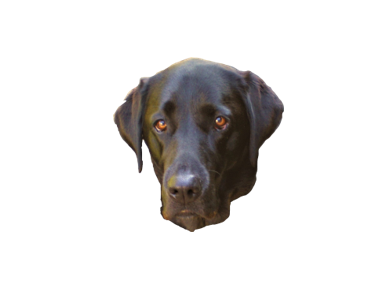Just an idea that I haven't tried out:
Use the pop-up only to the display the comboboxes. As soon as the user selects a control, you set the focus to a combo box behind the text field - but in the continuous form. This gives you control over the focus change again.
/edit (#22)
@ Colin: fixed
Use the pop-up only to the display the comboboxes. As soon as the user selects a control, you set the focus to a combo box behind the text field - but in the continuous form. This gives you control over the focus change again.
/edit (#22)
@ Colin: fixed
Last edited:

